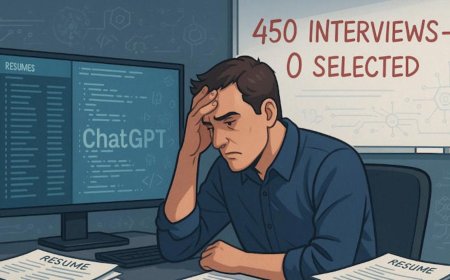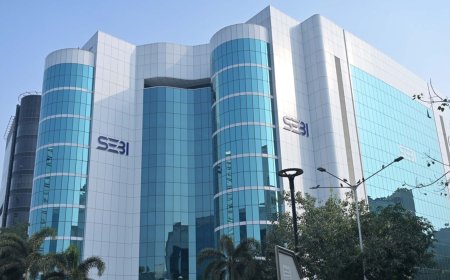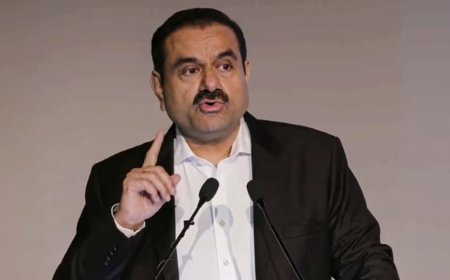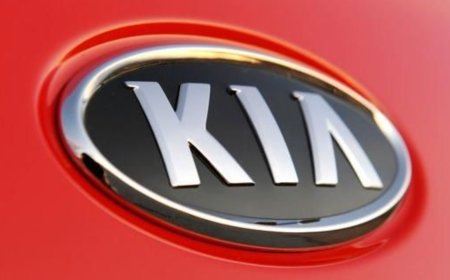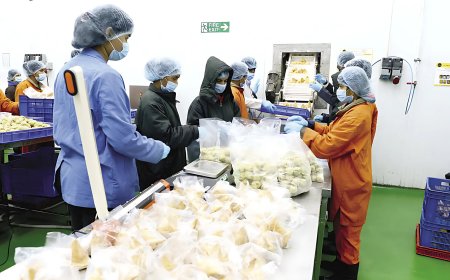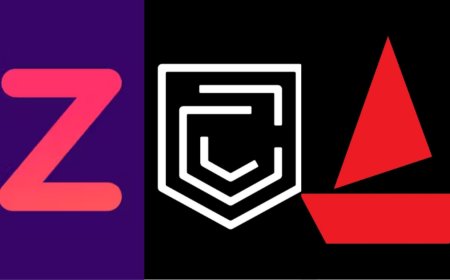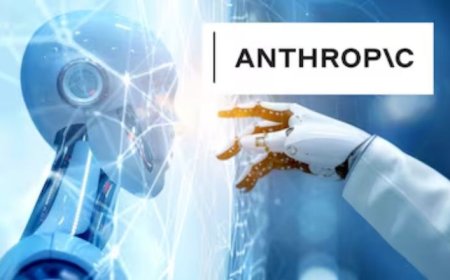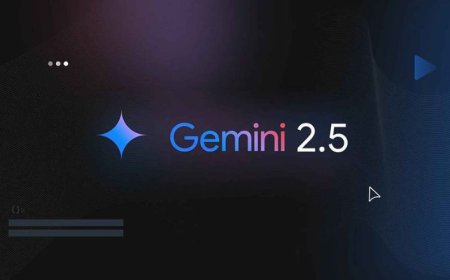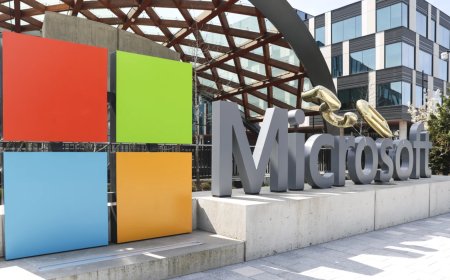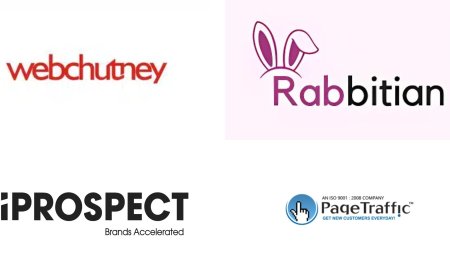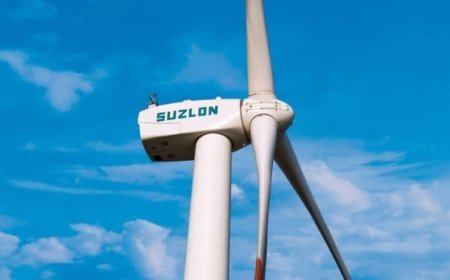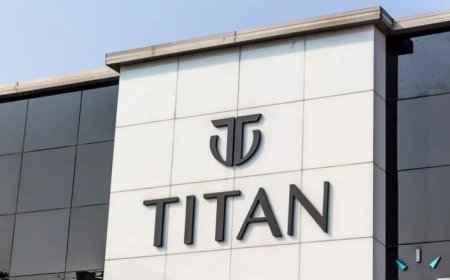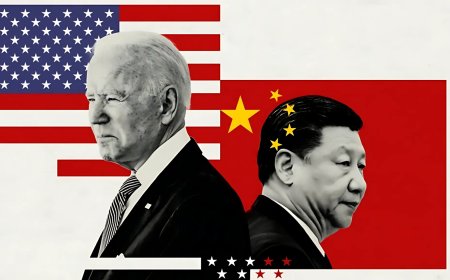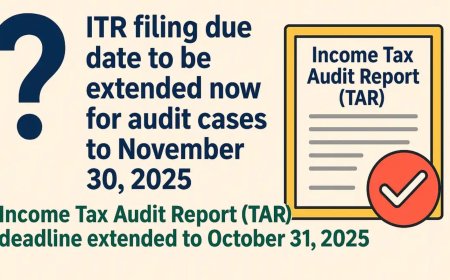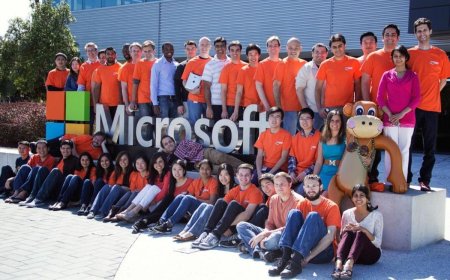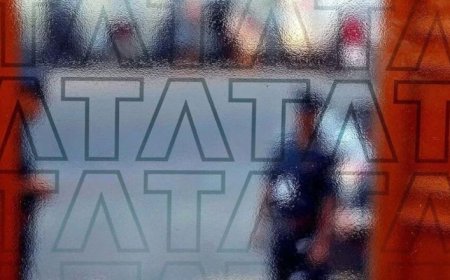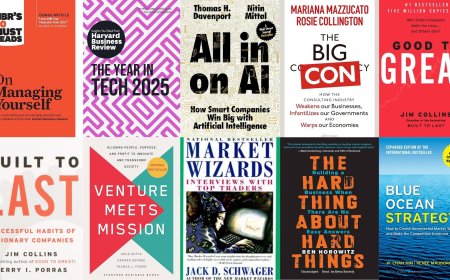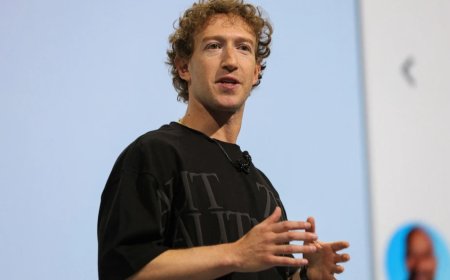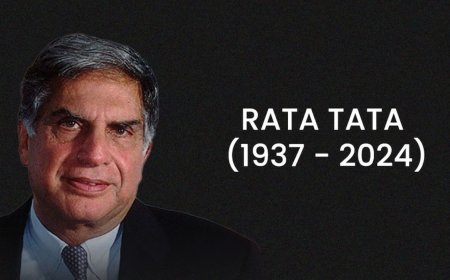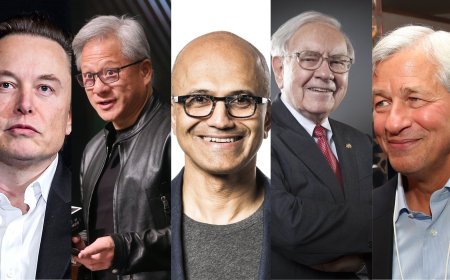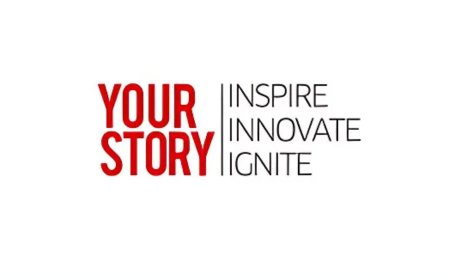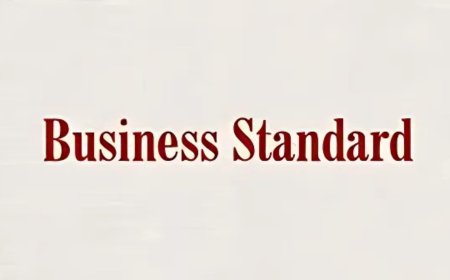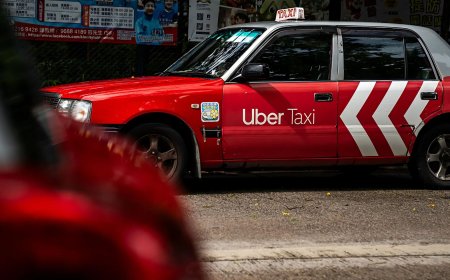Microsoft to Cut 6,000 Jobs Globally Amid Strategic Restructuring and AI Shift.
Microsoft is laying off approximately 6,000 employees worldwide as part of a major restructuring plan driven by its focus on AI and efficiency. Discover the latest updates and implications.

Microsoft Layoffs 2025: AI Push Triggers Massive Workforce Restructure
Microsoft Confirms Job Cuts Amid Strategic AI Shift
Microsoft, the globally recognized AI-focused tech giant, has confirmed significant organizational restructuring, with approximately 6,000 employees reportedly laid off, representing around 3% of its global workforce. This development, although not officially quantified by Microsoft, has been corroborated by multiple reputable US media outlets.
Despite recently posting strong financial results for the January to March quarter—driven by exceptional growth in its cloud computing and AI divisions—the company has decided to eliminate several layers of middle management and optimize its operations through automation and AI-driven technologies.
Streamlining for the Future: Elimination of Redundan

Streamlining for the Future: Elimination of Redundancies
The corporate restructuring is part of a broader initiative to streamline Microsoft's internal operations. A Microsoft spokesperson clarified that these decisions are aligned with the company’s long-term vision:
“We continue to implement organizational changes necessary to best position the company for success in a dynamic marketplace.”
This move reflects a strategic decision to empower employees to focus on impactful work, by minimizing bureaucratic overhead and leveraging advancements in artificial intelligence and automation.
AI as the Core Catalyst Behind Workforce Optimization
The decision to restructure comes at a time when Microsoft is aggressively advancing its AI initiatives. With partnerships like that of OpenAI, and the seamless integration of AI capabilities across its suite of products—Microsoft 365 Copilot, Azure AI, and GitHub Copilot—the company is rapidly shifting towards a tech-forward, leaner business model.
These innovations have enabled Microsoft to:
-
Automate repetitive tasks
-
Increase decision-making speed
-
Enhance productivity through generative AI
-
Reduce dependency on large, multilayered managerial frameworks
As a result, departments that previously relied heavily on manual processes and oversight are now being reimagined through AI solutions.
Impact on Employees: A Regional Breakdown
While Microsoft has not officially published the full breakdown of affected regions, state filings reveal that at least 1,985 employees were impacted in Washington state alone. This figure underscores the magnitude of change, especially considering Microsoft’s deep roots in Redmond.
Laid-off employees come from a wide range of divisions, including:
-
Product marketing
-
Sales operations
-
Human resources
-
Internal IT support
-
Mid-level program and project managers
Despite these cuts, Microsoft emphasizes that these actions are not about downsizing the business but rather reshaping it to be future-ready.
Strong Financial Backbone Despite Layoffs
Interestingly, the layoffs were announced just weeks after Microsoft reported robust Q1 2025 earnings. Key financial highlights include:
-
A 16% increase in overall revenue, powered by surging demand for Azure services
-
A 24% spike in cloud infrastructure revenue, underpinned by enterprise AI adoption
-
Substantial growth in Office 365 subscriptions due to AI integrations
These numbers paint a picture of a company that is financially strong but determined to optimize its internal processes to remain competitive in the AI arms race.
50 Years of Innovation: Microsoft’s Legacy and New Vision
As Microsoft celebrates its 50th anniversary in 2025, this moment marks a pivotal transition in its journey. From pioneering the personal computing era to leading the charge in enterprise AI, the company is constantly evolving to stay ahead.
The current reorganization symbolizes a turning point where Microsoft is:
-
Betting heavily on AI-first infrastructure
-
Phasing out outdated hierarchies and legacy roles
-
Creating a new generation of AI-literate workforce
This transformation is in alignment with CEO Satya Nadella’s vision of making every person and every organization more productive through AI.
Industry-Wide Trend: Tech Giants Embrace Leaner Operations
Microsoft’s actions are not in isolation. Over the past 12 months, several major tech firms including Amazon, Google, and Meta have also conducted large-scale layoffs, citing similar reasons:
-
AI-induced efficiency improvements
-
Lowered operational costs
-
Reallocation of resources to innovation
-
Structural reconfiguration for scalability
The shared sentiment across these organizations is clear: The age of digital redundancy is over, and AI will define workforce structures moving forward.
What This Means for Job Seekers and Tech Talent
As Microsoft and other tech firms pivot toward an AI-powered future, job seekers must recalibrate their skill sets. The emerging landscape favors:
-
AI literacy and prompt engineering
-
Cloud infrastructure expertise
-
Data science and machine learning proficiency
-
Automation and DevOps skills
-
Agile and cross-functional team adaptability
Traditional administrative roles, or those centered on manual oversight, are rapidly diminishing. Instead, Microsoft is investing in upskilling programs and offering internal reskilling opportunities to help employees transition into future-proof roles.
Microsoft's Message: Innovation Through Disruption
While layoffs are always challenging, Microsoft has positioned this transformation as a strategic realignment, not a reactionary cost-cutting move. The company believes in creating smarter workflows and empowering employees to focus on creative, high-value work, rather than routine operational tasks.
Its internal documentation and communications emphasize:
-
Adopting intelligent systems to remove inefficiencies
-
Redistributing resources to high-impact departments
-
Investing in talent with a growth mindset and AI readiness

Conclusion: Microsoft Reinvents the Workforce for the AI Era
The restructuring at Microsoft reflects a broader paradigm shift in how technology companies are redefining productivity, talent, and innovation in the AI age. By cutting redundant roles and investing in future-forward initiatives,

aims to remain not only relevant but also dominant in the global tech landscape.
As it moves towards a more agile and innovation-driven model, the message is clear: Adapt or be left behind. AI is no longer an enhancement—it’s the foundation of modern business strategy.
What's Your Reaction?
 Like
0
Like
0
 Dislike
0
Dislike
0
 Love
0
Love
0
 Funny
0
Funny
0
 Angry
0
Angry
0
 Sad
0
Sad
0
 Wow
0
Wow
0




